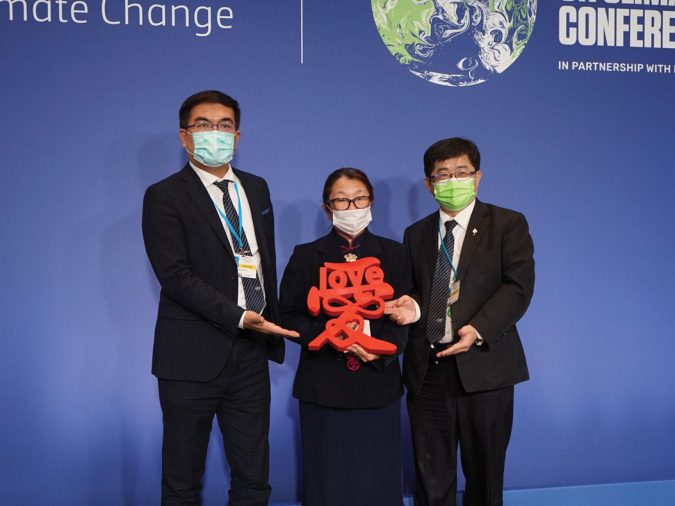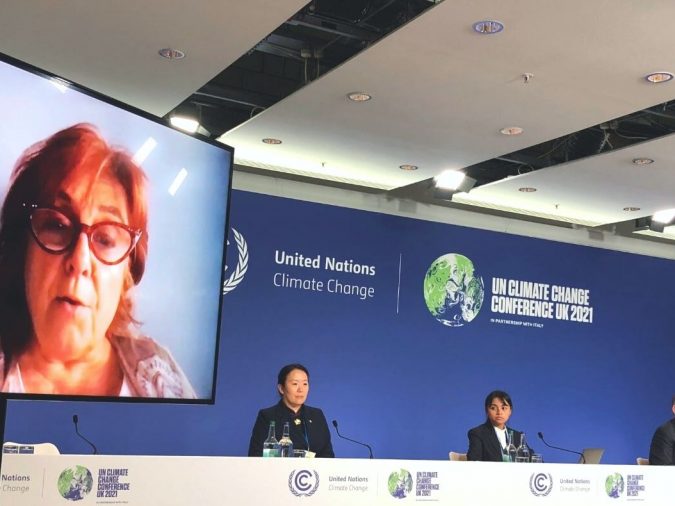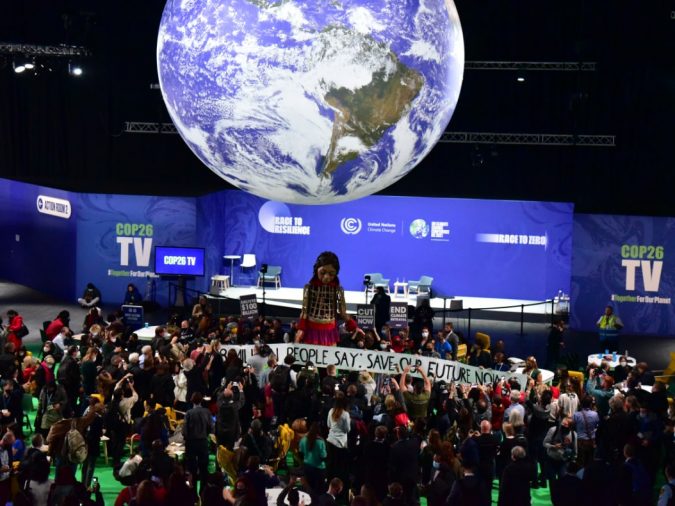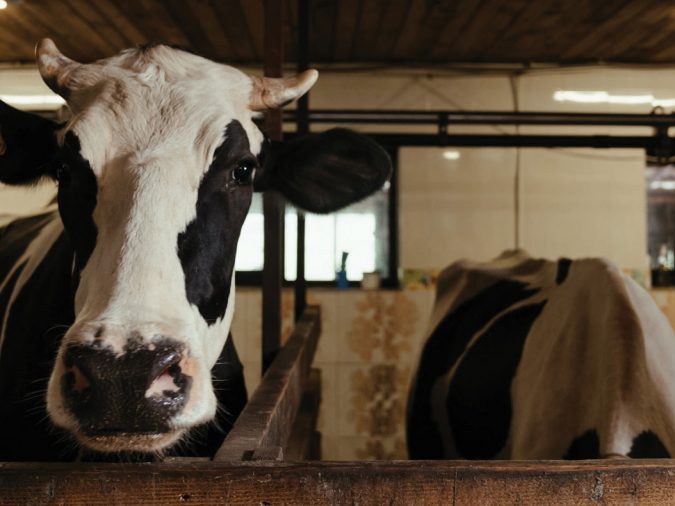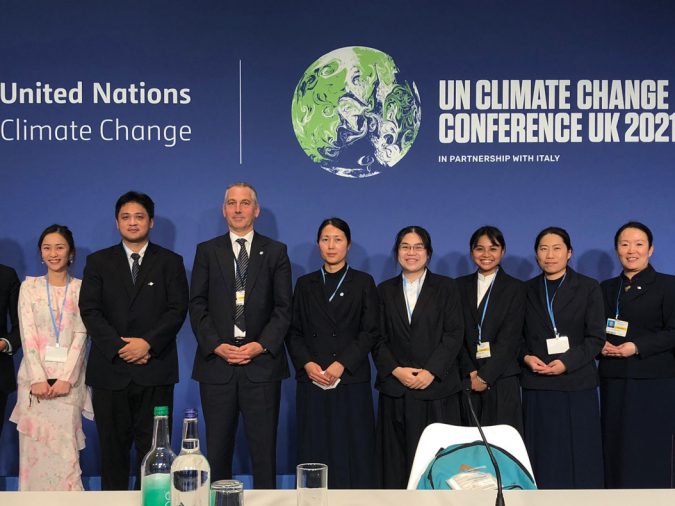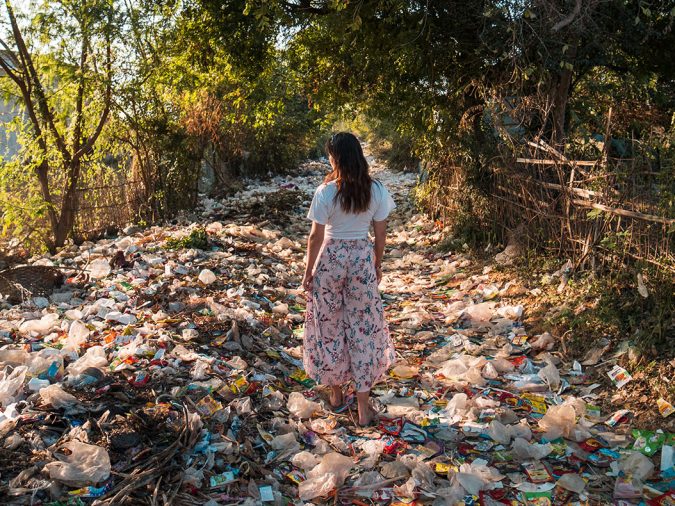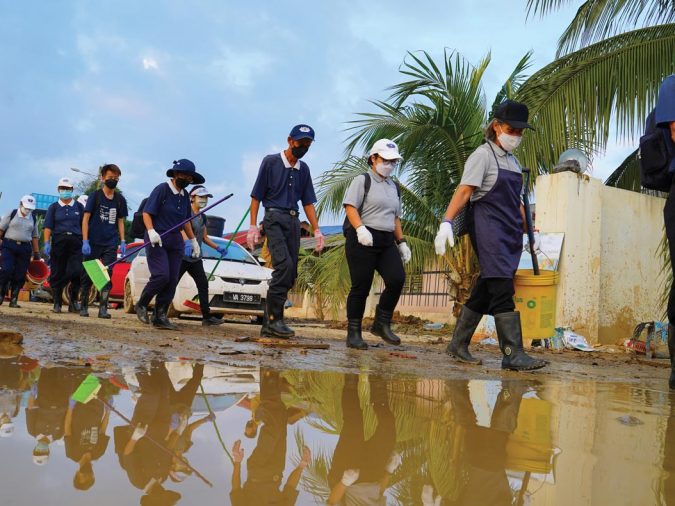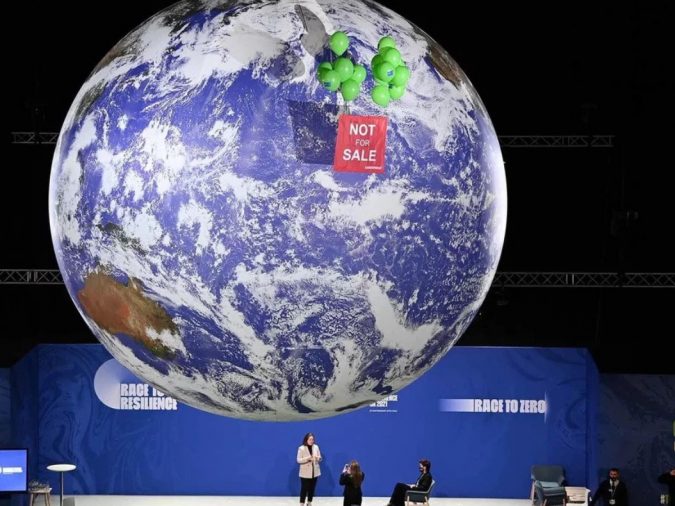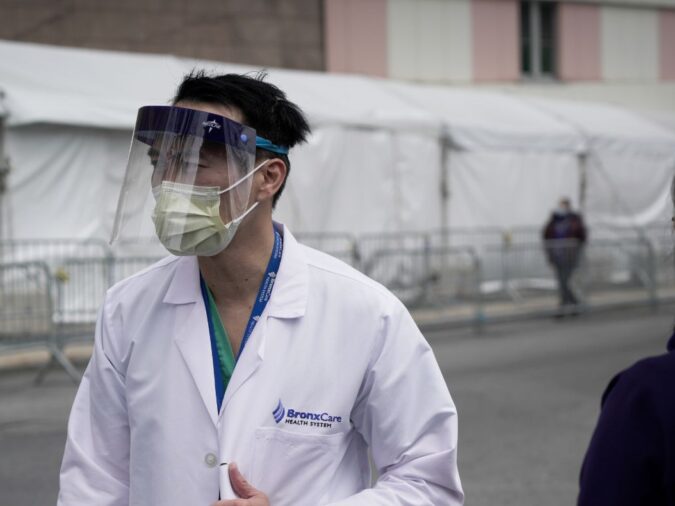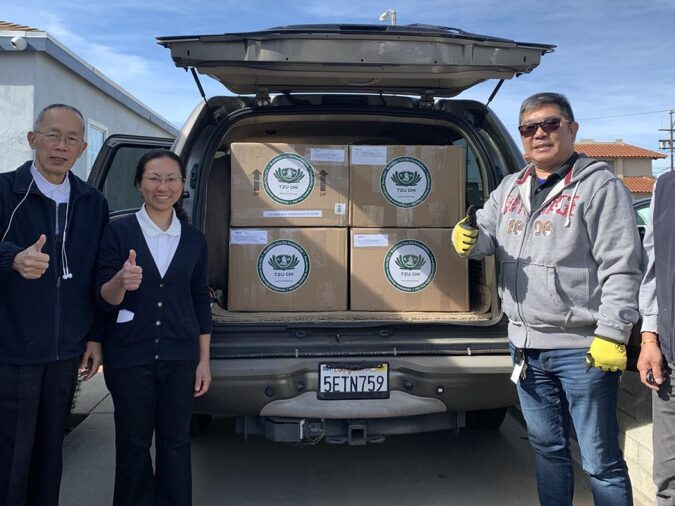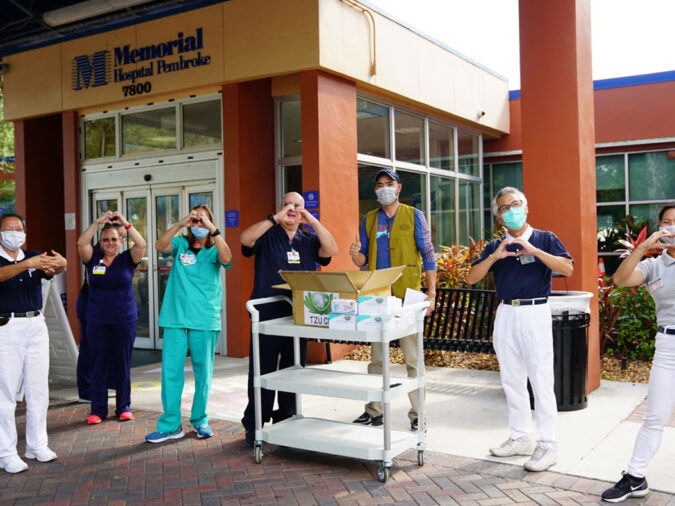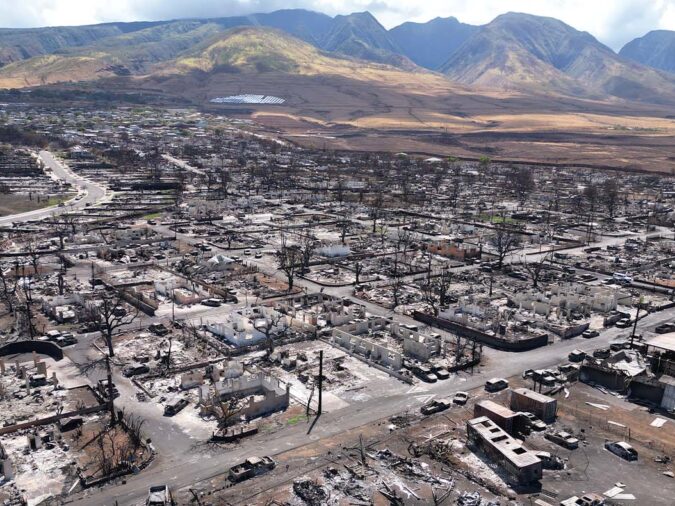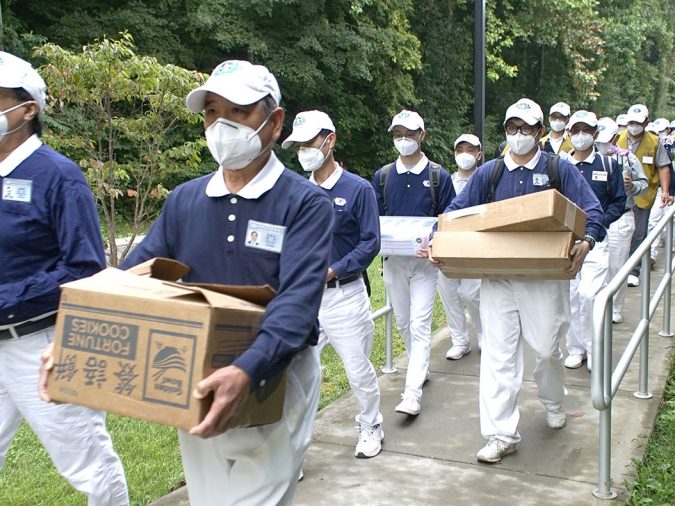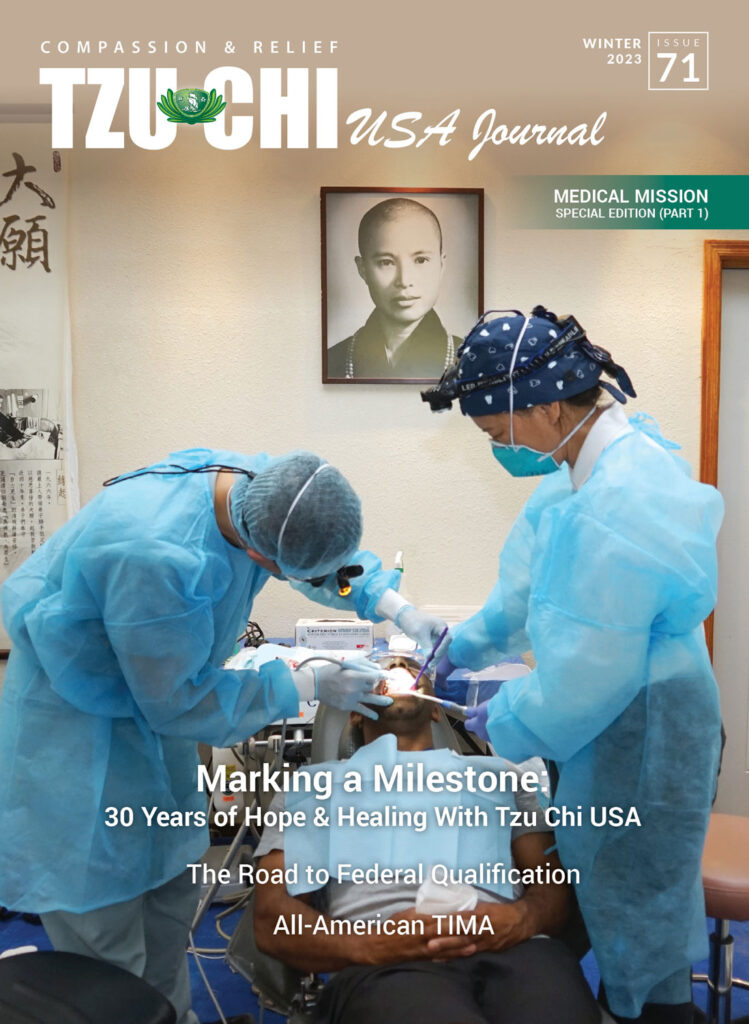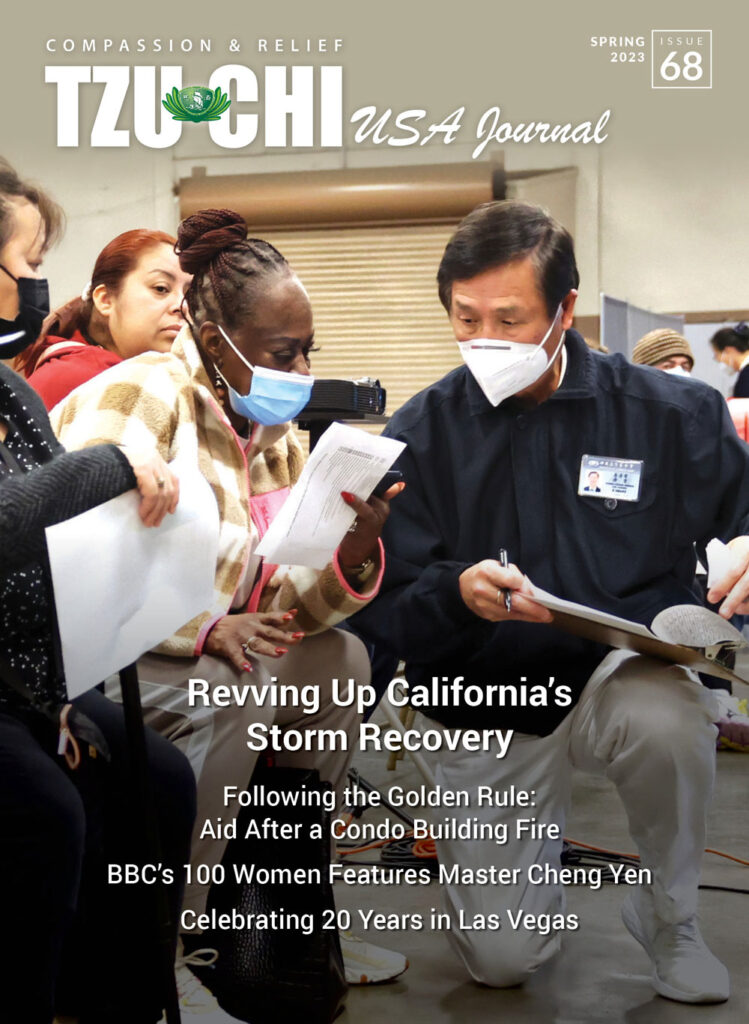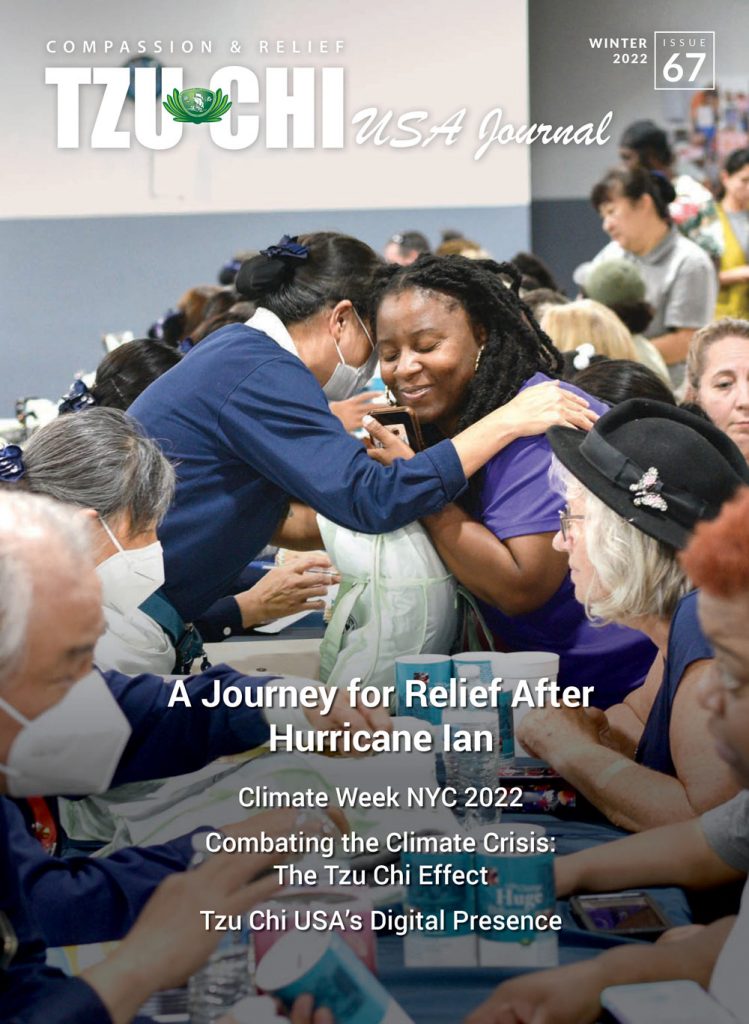What You Need to Know About Plastic Pollution
By Dilber Shatursun
Edited by Adriana DiBenedetto
Published #64 | Spring 2022 Issue
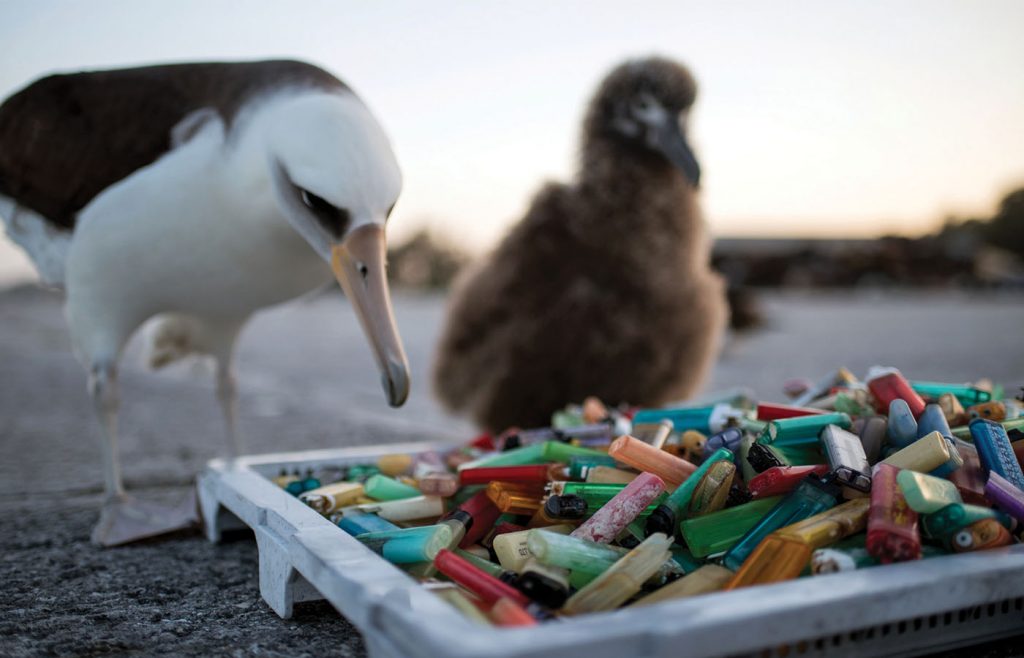
An albatross inspects a collection of lighters on the shores of the Hawaiian Archipelago. Photo/National Marine Sanctuaries
SHARE
Where there is water, there is life. Over 60% of the human body is made of it and it covers roughly 70% of the Earth’s surface. Yet, our reliance on plastic has quietly suffocated our oceans, rivers, seas, lakes, and more for decades. While Tzu Chi, driven by a duty to protect the Earth, has actively promoted waste reduction and recycling efforts, our planet needs much more from humanity to improve the health of our waterways – and our own.
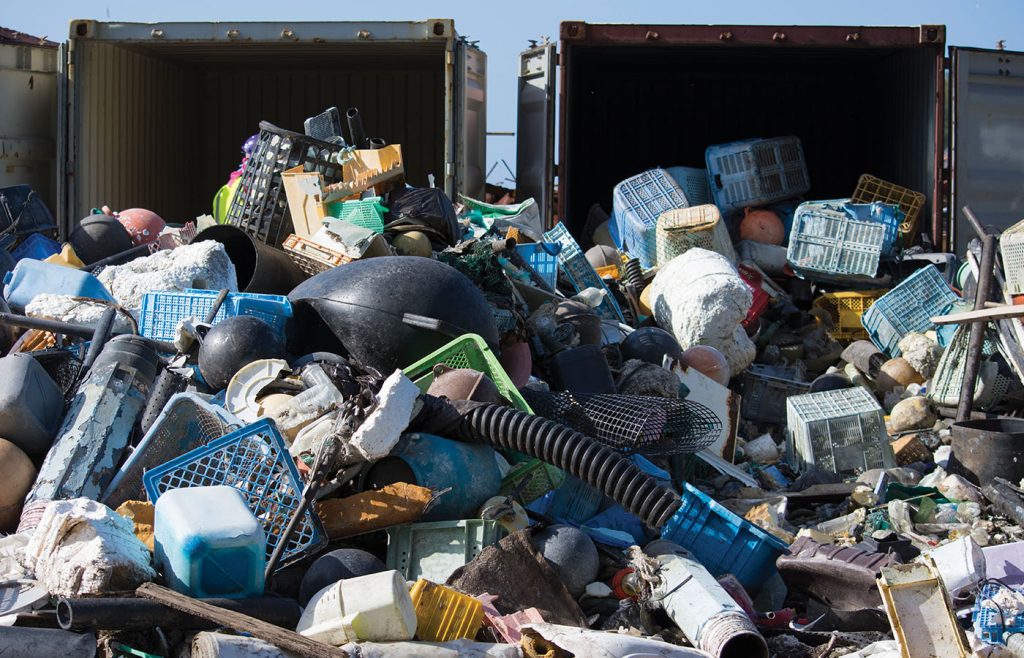
What is Water Pollution and What Role Does Plastic Play?
Water pollution encompasses a variety of perpetrators. The Environmental Pollution Center defines it as the existence of toxins and biological agents in groundwater, but at levels that surpass what is naturally occurring and may threaten humans and/or the environment. Some major culprits include the disposal of household chemicals, commercial and industrial waste; accidents like oil spills; and dumping of common trash. Of course, plastic has taken a growing slice of this pie.
Researchers actually don’t know how much for certain, but they have estimates. According to the New Plastics Economy, more than roughly 150 million tonnes of plastic may exist in the ocean. To put this number into perspective, imagine a garbage truck dumping into the ocean every minute. The same report suggests that, “if no action is taken, this is expected to increase to two per minute by 2030 and four per minute by 2050.” Unfortunately, we’re already seeing previews of this around the world.
Today, there are five major garbage patches around the world, with the “Great Pacific Garbage Patch,” nearest to California, the largest among them. Pushed by currents, marine debris (including plastic) get squeezed together in clumps, and many particles in these so-called ‘trash islands’ can be so small they’re next to impossible to see with the naked eye. In fact, the next time you enter the water, you may not even know you’re wading through one.
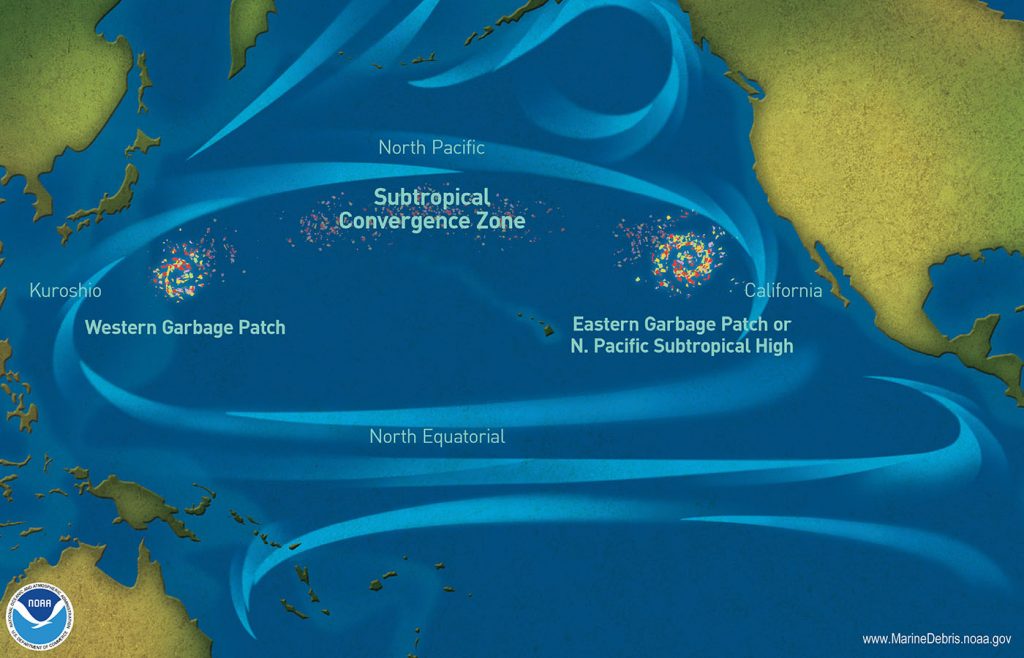
Plastic + Oceans = Toxic Situation
Plastics are produced using a complex chemical process, often identified as a number marked within a universal recycling symbol ♻ and correlating to different types of plastic polymers (PVC and PET for example). However, the Better Alternatives Now List 2.0 says that when in the ocean, plastic materials of any kind increase “their toxicity over time through the absorption of persistent organic pollutants.” This means that plastic builds toxins in waterways, harming water quality and disrupting wildlife.
In fact, we see shocking images like these all the time: a marine or avian animal ensnared in a plastic bag, its neck binded by a bottle cap ring, or a drinking straw lodged in a nostril. The World Wildlife Fund reports that plastic pollution has entangled or ended up being eaten by 81 of 123 marine mammal species, and that an estimated 100,000 marine animals die annually. From corals, whales, to even birds — all members of the marine ecosystem are in danger.
Why is Plastic Making it Into the Ocean in the First Place?
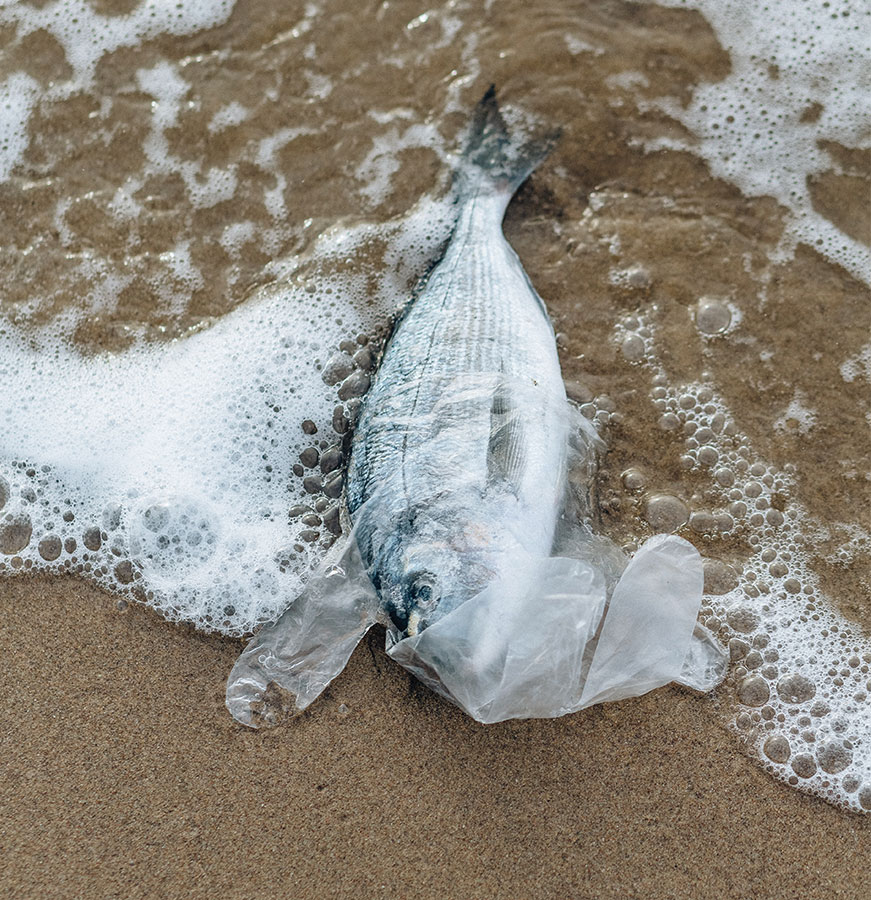
Sadly, there is a long history of deliberate dumping by governments, corporations, and individuals. Prior to the US Environmental Protection Agency’s passing of the Clean Water Act in 1972, an estimated 47.5 million tons of waste was dumped into ocean waters in 1968 alone. In fact, many believed that “the solution to pollution is dilution,” pointing to false perceptions that the ocean was humanity’s answer to waste disposal.
Sadly, there is a long history of deliberate dumping by governments, corporations, and individuals. Prior to the US Environmental Protection Agency’s passing of the Clean Water Act in 1972, an estimated 47.5 million tons of waste was dumped into ocean waters in 1968 alone. In fact, many believed that “the solution to pollution is dilution,” pointing to false perceptions that the ocean was humanity’s answer to waste disposal.
Moreover, scientists from the Helmholtz Centre for Environmental Research and the Weihenstephan—Triesdorf University of Applied Science published a report that suggests garbage dumping occurs most intensely in ten rivers around the world; eight are in Asia alone. The same report estimates that rivers across the board contribute up to four million tons a year of plastic debris, yet up to 95% of it is derived from these ten rivers.
Still, there are other ways in which plastic-based materials enter waterways. The National Oceanic and Atmospheric Administration traced that land debris may be blown, swept, or washed out to sea via storm waterways during snowstorms or heavy rains, and especially during extreme weather events. Even items from ships, stationary platforms, and other vessels may get dumped or get swept away into the ocean; abandoned equipment and vessels are included.
Because of this, marine life can become victims of “ghost fishing.” In a report by the Food and Agriculture Organization of the United Nations, the term is defined as the ability of abandoned, lost, or otherwise discarded fishing gear to continue to fish. Picture thick nets, traps, hooks, and more, trapping sea creatures without ever being fished nor set free. Nylon ropes and metals are common perpetrators. Worse yet, predators seeing trapped prey often get trapped themselves. Seeing the threats to marine life, what’s taking us so long to find the solution to pollution?
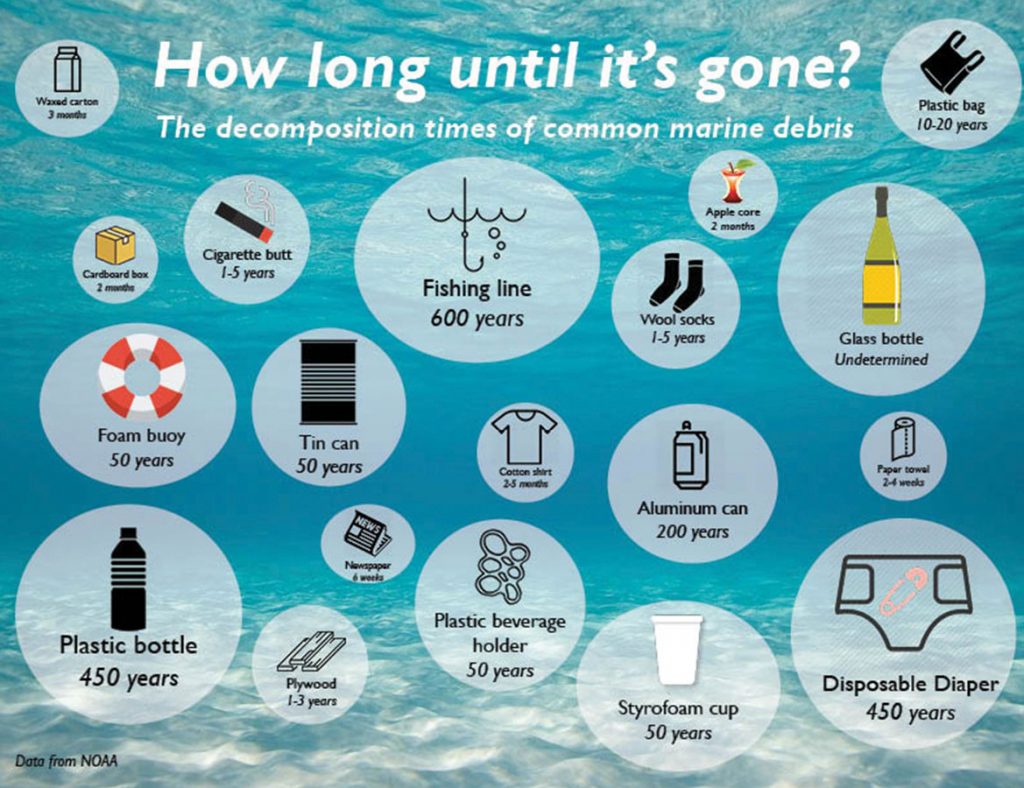
The Challenges Ahead
Believe it or not, it can take up to centuries for plastic garbage in the ocean to degrade. National Geographic puts it like this: “If plastic had been invented when the Pilgrims sailed from Plymouth, England, to North America … their plastic trash would likely still be around, four centuries later.”
Though you may certainly find it in a different condition, it would still exist as a “microplastic,” or a piece of plastic less than 5 millimeters long. But why doesn’t it go away? The National Oceanic and Atmospheric Association explains that plastic never fully biodegrades; it only breaks down into smaller pieces. Everyday items, as exhibited in the graphic, can be among the worst offenders. You may be wondering: how are we supposed to fix this?
The answer is complicated. But, there are small steps we can each take. The first is awareness and understanding of the problem. The second is to examine the myriad ways we all use and rely on plastic in our daily lives. In what areas can we change our habits, switch to reusable items, or find a second life for something we might otherwise throw away? Discover our top tips on Eleven Things You Can Do to Reduce Plastic Pollution.
SHARE:
Interested in learning more about this topic? Check out
What You Need to Know (and Can Do) About Plastic Pollution
Help Beat Plastic Pollution at These Cleanups Near You
20 Things You Can Do to Reduce Plastic Pollution

